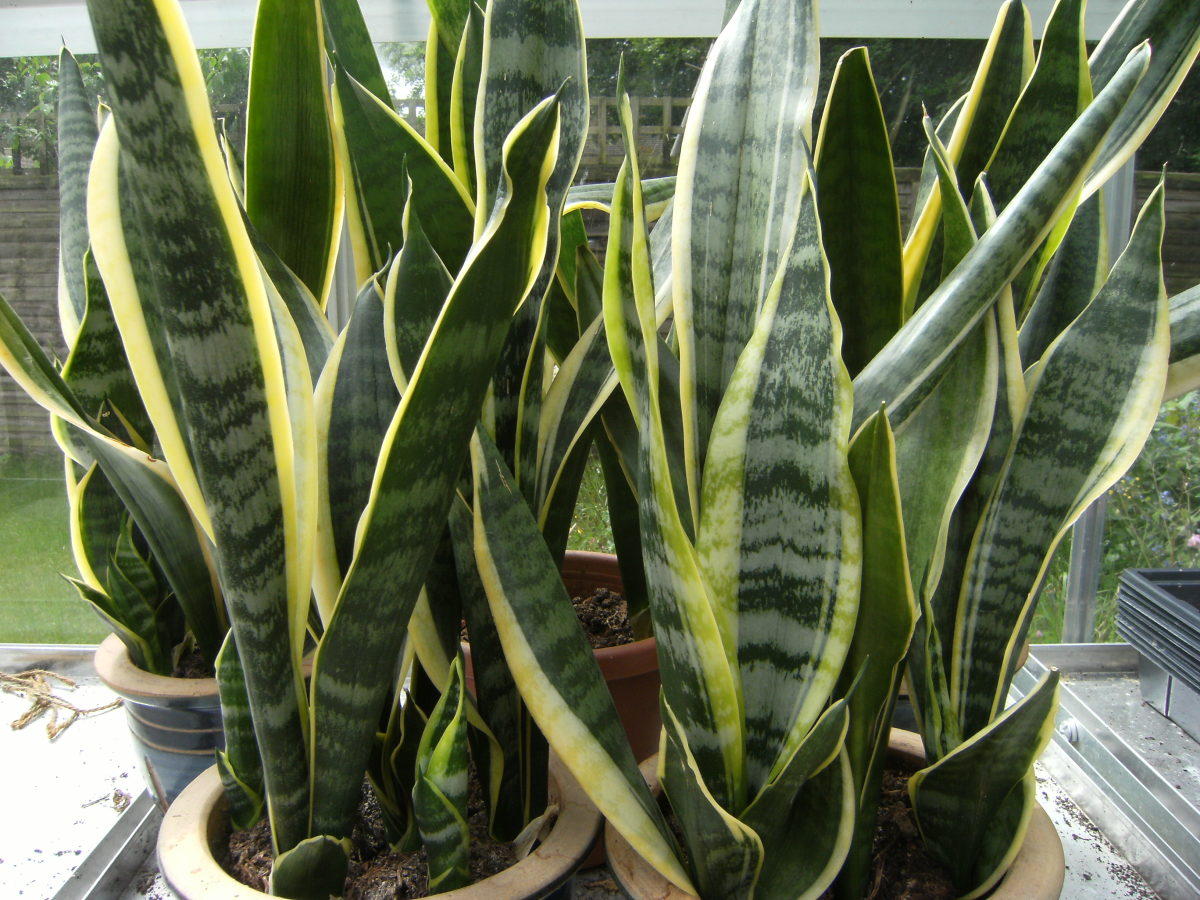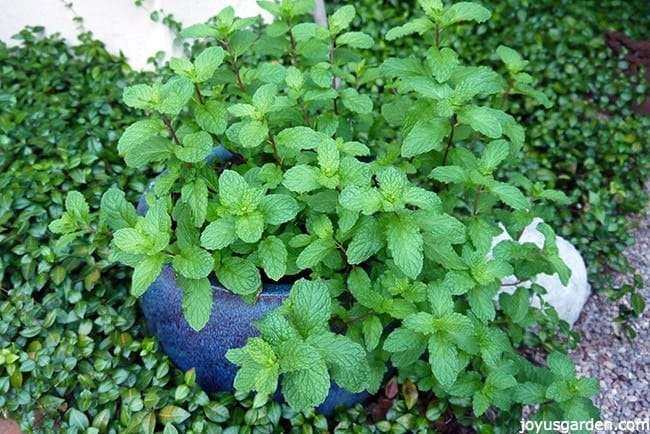5.1 Madam Nabila briefed to students about crop plants
For your information, there are many type of crop plants.
Type of crop plants:
1.Woody plant
2. Shrub plant
3. Ornamental plant
4.Herb plant
5. Fruity plant
6.Major Crops
1. Woody plant
- A woody plant is a plant that produces wood as its structural tissue. Woody plants are usually either trees, shrubs, or lianas. These are usually perennial plants whose stems and larger roots are reinforced with wood produced from secondary xylem. The main stem, larger branches, and roots of these plants are usually covered by a layer of bark. Wood is a structural cellular adaptation that allows woody plants to grow from above ground stems year after year, thus making some woody plants the largest and tallest terrestrial plants.
 |
| Example of woody plant : Coconut tree |
2. Shrub plant
- A shrub or bush is a small- to medium-sized woody plant. Unlike herbaceous plants, shrubs have persistent woody stems above the ground. They are distinguished from trees by their multiple stems and shorter height, and are usually under 6 m (20 ft) tall. Plants of many species may grow either into shrubs or trees, depending on their growing conditions. Small, low shrubs, generally less than 2 m (6.6 ft) tall, such as lavender, periwinkle and most small garden varieties of rose, are often termed "subshrubs".
 |
| Example of shrub plant : Hibiscus |
- Ornamental plants are plants that are grown for decorative purposes in gardens and landscape design projects, as houseplants, cut flowers and specimen display. The cultivation of ornamental plants is called floriculture, which forms a major branch of horticulture. Commonly, ornamental [garden] plants are grown for the display of aesthetic features including: flowers, leaves, scent, overall foliage texture, fruit, stem and bark, and aesthetic form. In some cases, unusual features may be considered to be of interest, such as the prominent thorns of Rosa sericea and cacti. In all cases, their purpose is for the enjoyment of gardeners, visitors, and the public institutions.
 |
| Example of ornamental plant : Mother-in-law's tongue |
4. Herb plant
- In general use, herbs are plants with savory or aromatic properties that are used for flavoring and garnishing food, medicinal purposes, or for fragrances; excluding vegetables and other plants consumed for macronutrients. Culinary use typically distinguishes herbs from spices. Herbs generally refers to the leafy green or flowering parts of a plant (either fresh or dried), while spices are usually dried and produced from other parts of the plant, including seeds, bark, roots and fruits.
 |
| Example of herb plant : Mint |
5. Fruity fruit
- A fruit tree is a tree which bears fruit that is consumed or used by humans and some animals — all trees that are flowering plants produce fruit, which are the ripened ovaries of flowers containing one or more seeds. In horticultural usage, the term 'fruit tree' is limited to those that provide fruit for human food. Types of fruits are described and defined elsewhere (see Fruit), but would include "fruit" in a culinary sense, as well as some nut-bearing trees, such as walnuts. The scientific study and the cultivation of fruits is called pomology, which divides fruits into groups based on plant morphology and anatomy.
 |
| Example of fruity plant : Jackfruit tree |
6. Major crops
- Agriculture in Malaysia makes up twelve percent of the nation's GDP. Sixteen percent of the population of Malaysia is employed through some sort of agriculture. Large-scale plantations were established by the British. These plantations opened opportunity for new crops such as rubber (1876), palm oil (1917), and cocoa (1950). A number of crops are grown for domestic purpose such as bananas, coconuts, durian, pineapples, rice and rambutan.
 |
| Example of major crop : Oil Palm |













